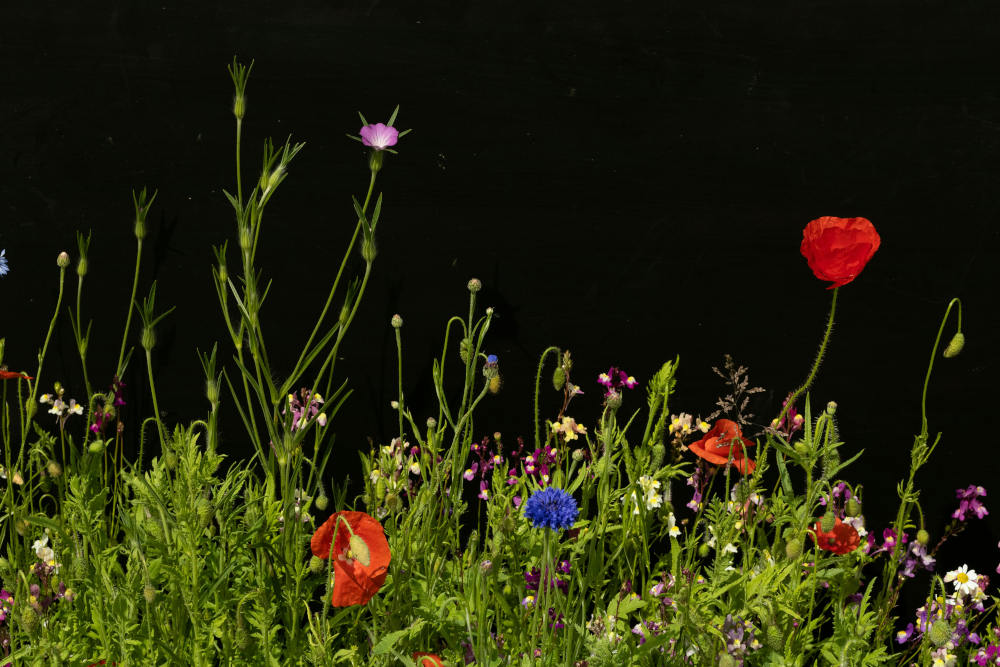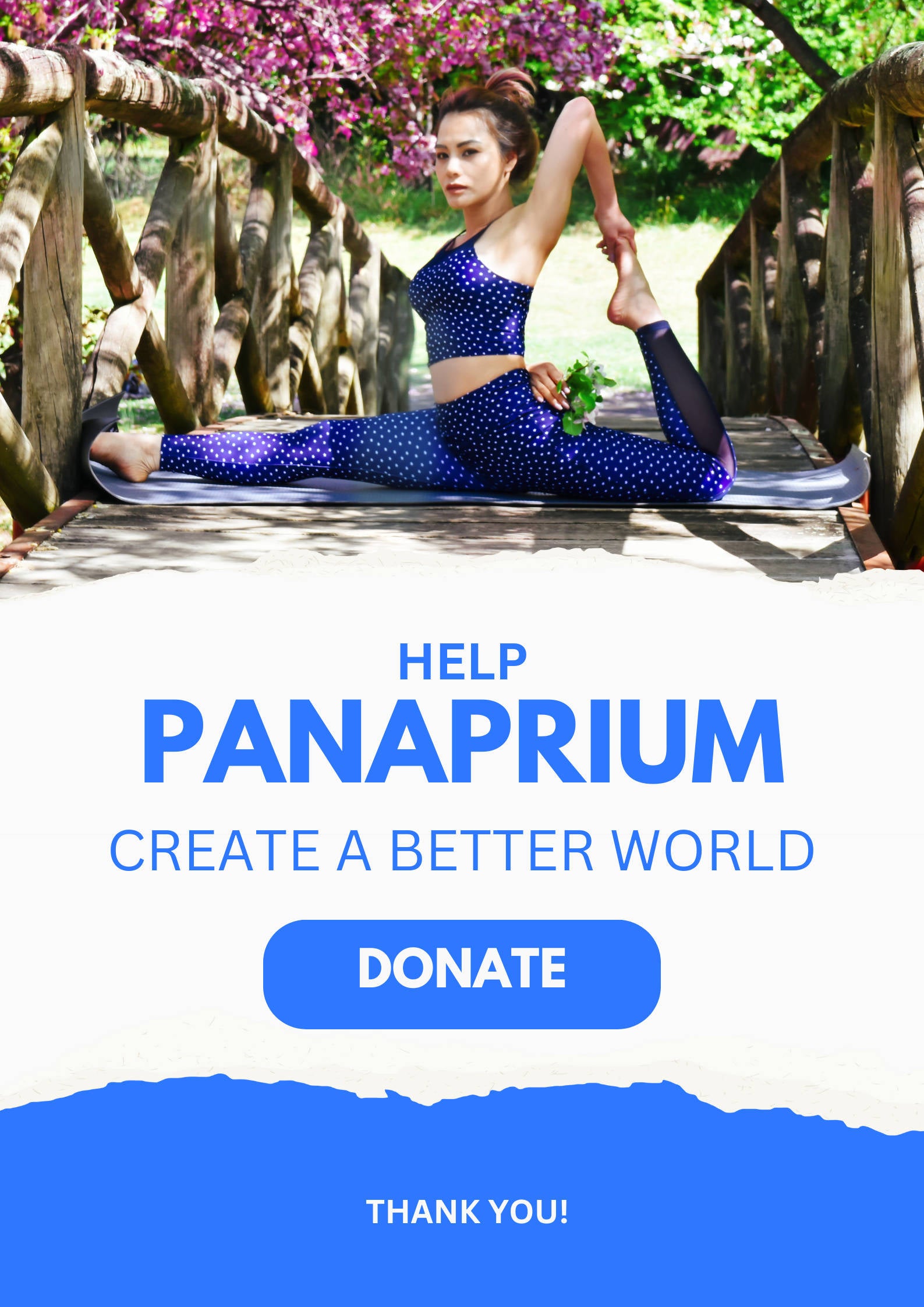
In an age of wellness trends and eco-conscious living, words like “wildcrafted” and “organic” are appearing on everything from herbal teas to skincare and supplements. But what do these labels really mean? And is one better than the other?
This article breaks down the key differences between wildcrafted and organic products, their benefits, risks, and how to choose the best option based on your health goals, environmental values, and lifestyle.
Panaprium is independent and reader supported. If you buy something through our link, we may earn a commission. If you can, please support us on a monthly basis. It takes less than a minute to set up, and you will be making a big impact every single month. Thank you!
What Does “Organic” Mean?
“Organic” refers to agricultural products grown and processed without synthetic fertilizers, pesticides, genetically modified organisms (GMOs), or harmful chemicals. In the United States, the USDA sets strict guidelines for organic certification, covering everything from soil health to animal welfare.
Key Standards for USDA Organic Certification:
-
No synthetic pesticides or herbicides
-
No GMOs
-
Crop rotation and soil fertility practices
-
No irradiation or sewage sludge
-
Certified organic processing and handling
Organic products must be grown under controlled farming conditions with third-party oversight. They are subject to routine inspections and must meet labeling regulations, such as:
-
“100% Organic” = All ingredients are organic
-
“Organic” = At least 95% organic ingredients
-
“Made with Organic Ingredients” = At least 70% organic ingredients
What Is Wildcrafted?
Wildcrafted (or wild-harvested) refers to plants that are gathered from their natural, uncultivated habitat—such as forests, meadows, mountains, or riverbanks—rather than being farmed or cultivated.
These plants grow in the wild without human interference, pesticides, or artificial fertilizers. They are often picked by hand by skilled foragers who follow traditional or sustainable harvesting methods.
Key Characteristics of Wildcrafted Plants:
-
Grown in their natural ecosystems
-
No artificial cultivation or farming
-
Not certified by government bodies (though some use third-party verifiers)
-
Often harvested seasonally and in limited batches
-
Rich in wild nutrients, compounds, and resilience factors
Wildcrafted vs Organic: The Core Differences
| Feature | Wildcrafted | Organic |
|---|---|---|
| Growth Environment | Natural, uncultivated ecosystems | Controlled agricultural environment |
| Certification | Rarely certified; often based on trust or third-party ethics | Regulated by government (e.g., USDA, EU Organic) |
| Human Intervention | Minimal or none | Cultivated and maintained by humans |
| Chemical Use | None (naturally) | Strictly regulated to avoid synthetic chemicals |
| Environmental Impact | Low if harvested sustainably; can be high if overharvested | Varies—can support regenerative agriculture or cause monoculture issues |
| Flavor/Nutrition | Often more potent and complex due to growing in wild conditions | Consistent flavor and quality; generally high nutritional content |
| Traceability | Limited documentation | Fully traceable through certification programs |
Benefits of Wildcrafted Products
1. Potent Nutrient Profiles
Wild plants survive in competitive, unpredictable environments. As a result, they often produce more protective phytochemicals, antioxidants, and essential oils to thrive—leading to greater therapeutic potency.
2. Sustainability (When Done Right)
Ethical wildcrafting promotes biodiversity and avoids the use of water-intensive farming. It can preserve traditional knowledge and reduce carbon footprints when sourced locally.
3. Authentic Connection to Nature
Wildcrafted herbs and botanicals retain their original energetic patterns. For many herbalists, wild plants hold stronger healing vibrations and a deeper spiritual essence.
4. No Agricultural Contaminants
By nature, wildcrafted herbs are not exposed to synthetic chemicals, although this depends on the purity of the environment they are harvested from.
Risks and Challenges of Wildcrafted Products
1. Overharvesting and Endangerment
Unregulated wildcrafting can threaten native plant populations. For example, wild American ginseng has been overharvested to near extinction in parts of the U.S.
2. Lack of Standardization
Unlike certified organic products, wildcrafted items aren’t regulated. You have to trust the brand’s ethics, sourcing, and harvesting methods.
3. Contamination Risks
If wild plants are harvested near roads, industrial areas, or polluted watersheds, they may contain heavy metals, pollutants, or toxins—even though they are “natural.”
4. Identification Errors
Foraging the wrong species can be dangerous. There are toxic lookalikes for many beneficial herbs (e.g., mistaking poison hemlock for wild carrot).
Benefits of Organic Products
1. Transparent and Regulated
Organic certification offers clear guidelines, transparency, and consumer confidence. You know what was used (or not used) in every stage of production.
2. Environmentally Conscious
Organic farming practices support soil regeneration, pollinator health, and lower chemical runoff, which helps sustain ecosystems.
3. Consistent and Scalable
Organic crops are easier to produce at scale with consistent quality. This makes them ideal for foods, teas, supplements, and products requiring exact formulations.
4. Healthier Alternatives to Conventional Products
Organic foods and herbs often contain fewer pesticide residues, and some studies suggest they may have higher antioxidant levels.
Drawbacks of Organic Products
1. More Expensive
Organic certification is costly, and organic produce can be priced significantly higher than conventional or wild alternatives.
2. Monoculture Farming
Some large-scale organic operations still rely on monoculture practices, which can deplete soil, reduce biodiversity, and require heavy water use.
3. May Be Less Potent
Cultivated plants are often bred for yield, size, or appearance—sometimes at the expense of flavor and phytochemical diversity found in wild counterparts.
Which Is Better? It Depends on Your Needs.
There’s no one-size-fits-all answer. Whether wildcrafted or organic is better depends on your goals:
| Your Priority | Choose Wildcrafted If... | Choose Organic If... |
|---|---|---|
| Potency & Flavor | You want complex, wild flavors and medicinal intensity | You value consistency and milder, clean-tasting ingredients |
| Environmental Ethics | You support traditional, low-impact harvesting | You want scalable sustainability with transparency |
| Safety & Regulation | You trust small-scale, ethical harvesters | You prefer certified, regulated products |
| Consistency & Supply | You're okay with seasonal, small-batch availability | You need large, reliable quantities year-round |
| Price | You’re open to boutique, artisanal pricing | You're okay with paying more for certified assurance |
Can Something Be Both Wildcrafted and Organic?
Not usually—because organic certification applies to farming, and wildcrafted plants aren’t farmed. However, a few herbal companies voluntarily subject their wildcrafted herbs to third-party testing for quality and contaminants, offering consumers peace of mind.
Some farms do practice wild-simulated cultivation, especially for sensitive species like goldenseal or ginseng. These plants are grown in their natural habitat with minimal intervention but still tracked and managed—sometimes earning organic certification.
How to Choose Quality Wildcrafted or Organic Products
1. Research the Brand
-
Do they disclose their sourcing practices?
-
Are they transparent about regions, foragers, or certifications?
-
Do they test for contaminants (heavy metals, molds, etc.)?
2. Look for Third-Party Testing
Even if wildcrafted, reputable companies may offer:
-
Certificate of Analysis (COA)
-
Microbial or pesticide screenings
-
Lab-verified identity tests
3. Know the Harvest Ethics
-
Are endangered species being used?
-
Do they follow United Plant Savers guidelines?
-
Are parts of the plant being left for regeneration?
4. Prioritize Local When Possible
Local wildcrafters or organic farmers often provide fresher, more eco-conscious products with a lower carbon footprint.
Conclusion: Nature, Nurtured or Wild
Whether grown in a cultivated organic garden or harvested from the wild, plants have the power to nourish, heal, and connect us to nature. Both wildcrafted and organic products offer value—but in different ways.
If you're drawn to the complexity of wild herbs, the lore of the forest, or the untamed potency of nature, wildcrafted goods might speak to your soul. If you value traceability, ecological farming, and food safety, organic is a smart and ethical choice.
Ultimately, the best choice is the most informed one—sourced with respect for nature, health, and future generations.
Further Reading & Resources
-
United Plant Savers (https://unitedplantsavers.org) – Conservation of at-risk medicinal plants
-
Herbal Academy – Courses on wildcrafting, herbalism, and organic practices
-
Braiding Sweetgrass by Robin Wall Kimmerer – An inspiring look at indigenous and ecological knowledge of plants
-
The Organic Certification Guide – USDA overview of organic farming regulations
-
The Wild Medicine Solution by Guido Masé – Highlights the therapeutic value of wild plants
Was this article helpful to you? Please tell us what you liked or didn't like in the comments below.
About the Author: Alex Assoune
What We're Up Against
Multinational corporations overproducing cheap products in the poorest countries.
Huge factories with sweatshop-like conditions underpaying workers.
Media conglomerates promoting unethical, unsustainable products.
Bad actors encouraging overconsumption through oblivious behavior.
- - - -
Thankfully, we've got our supporters, including you.
Panaprium is funded by readers like you who want to join us in our mission to make the world entirely sustainable.
If you can, please support us on a monthly basis. It takes less than a minute to set up, and you will be making a big impact every single month. Thank you.































0 comments